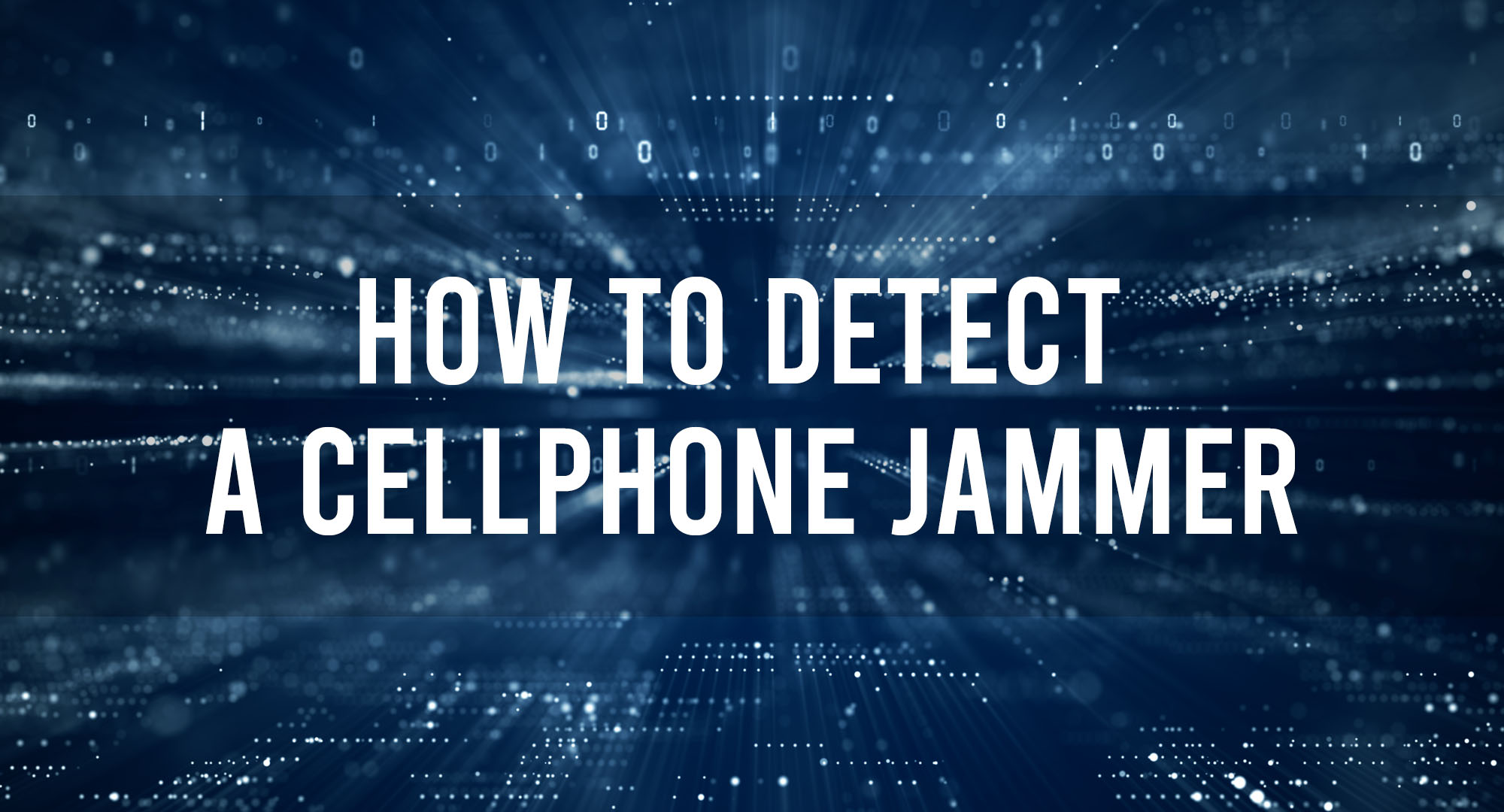Cell phone jammers are devices that block or interfere with cell phone communication by emitting radio frequency signals on the same frequency as the mobile devices. They can be a significant problem in various settings, including schools, hospitals, and public transportation, where communication is vital. This article will provide a comprehensive overview of cell phone jammers, discuss common detection techniques, and provide guidance on the tools and methods that can be used to identify these devices.
Cell phone jammers are illegal in many countries due to their potential to disrupt essential communication services. Despite this, their use is still prevalent in certain situations, necessitating the development of effective detection methods. This article will delve into the fundamental principles of jamming, common detection techniques, and the tools available for tracking down cell phone jammers.
How Cell Phone Jammers Work?
Table of Contents
Understanding Cell Phone Jammers Before we discuss detection methods, it is essential to understand how cell phone jammers work. A cell phone jammer typically transmits a powerful radio frequency signal that interferes with the communication between mobile devices and cell towers. These devices exploit the fact that cell phones use specific frequency bands to communicate with the towers, and by emitting a signal on those same frequencies, they effectively block communication.
How to detect a Cell Phone Jammer?
Common Detection Techniques Detecting a cell phone jammer is not easy due to the nature of the radio frequency signals. However, several techniques can be employed to identify the presence of a jammer.
Spectrum Analysis
Spectrum analysis is the process of analyzing the frequency spectrum of a signal to identify the presence of interference. Using a spectrum analyzer, an operator can monitor the frequencies used by cell phones and identify any unusual activity or signal spikes that may indicate the presence of a jammer.
Signal Strength Monitoring
Monitoring the signal strength of a mobile device can provide insight into potential jamming activity. Jammers cause signal fluctuations or complete loss of signal, which can be detected by monitoring a mobile device’s received signal strength indicator (RSSI).
Network Performance Monitoring
Cell phone jammers often cause network performance issues, such as increased call drops or failed connections. By monitoring the performance of a cellular network, anomalies can be identified that may indicate the presence of a jammer.
Detection Tools and Methods Various tools and methods are available to assist in detecting cell phone jammers.
RF Detectors
Radiofrequency (RF) detectors can detect the presence of a jammer by sensing the emitted radio frequency signals. These devices usually have adjustable sensitivity and alert the user when a signal is detected.
Directional Antennas
Directional antennas can help pinpoint the location of a jammer by allowing the operator to focus the antenna’s gain in specific directions. By scanning the environment and observing signal strength changes, the operator can determine the direction of the jamming source.
Software-Defined Radio (SDR)
Software-defined radio is a technology that uses software to perform radio frequency signal processing tasks. With an SDR receiver and appropriate software, an operator can monitor a wide range of frequencies and detect the presence of a cell phone jammer.
Collaboration with Network Operators
Working with local network operators may be beneficial to identify and locate cell phone jammers. Network operators have access to advanced tools and data that can help pinpoint the source of interference.
Conclusion
Detecting cell phone jammers requires a solid understanding of jamming principles, knowledge of common detection techniques, and the right tools for the job. By employing these strategies and utilizing the appropriate equipment, it is possible to identify and find the cell phone jammer.

Timothy is a tech enthusiast and has been working in the industry for the past 10 years. He has a vast knowledge when comes to technology and likes to help people with this knowledge.
